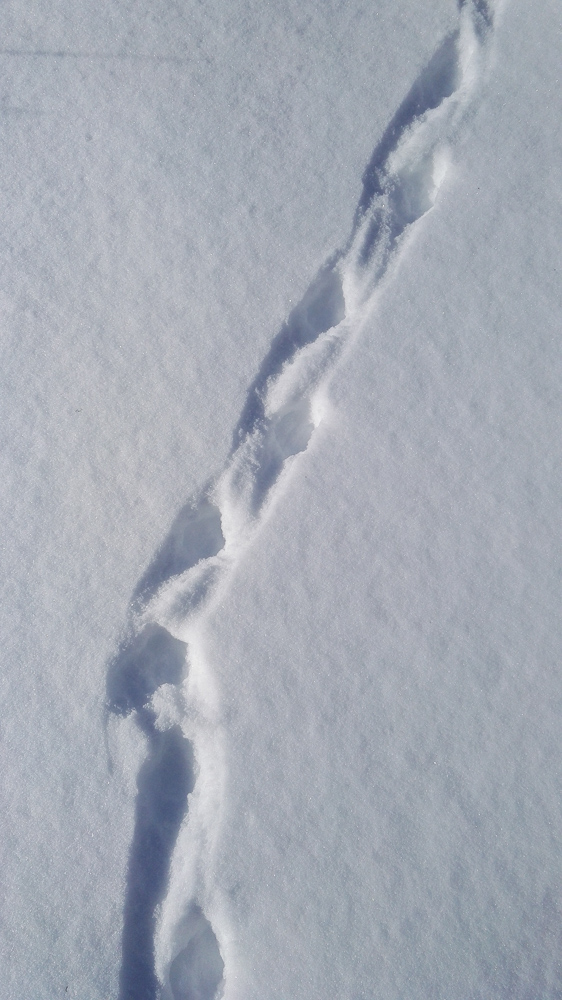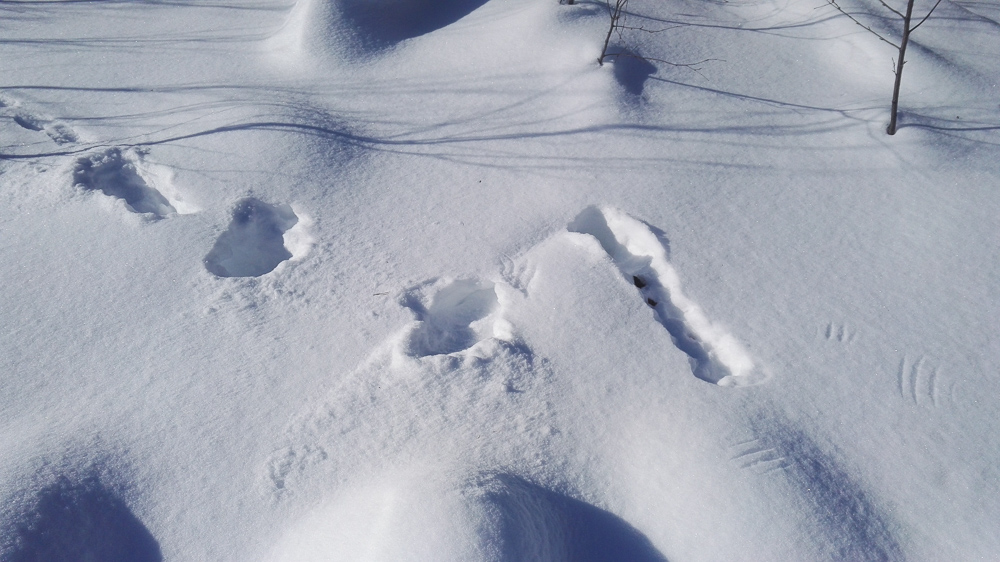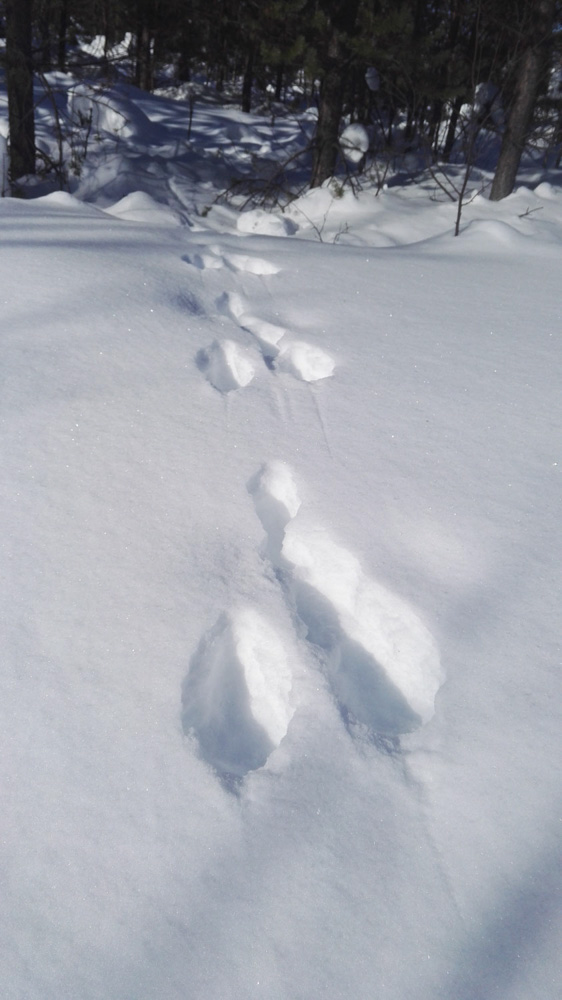Moving about snow
Grouse, hare & fox – how do they do it?
It’s one thing to spend a few hours out here, heavily clad in the latest clothing, a few inches of insulated rubber protecting your feet and a few other gizmos and gadgets to aid your survival, but what of these hardy animals that spend their whole lives eeking out an existence; how do they do it, what adaptations do they have in common?
The first is having a relatively small surface area to volume ratio—compact bodies lose less heat and as a result animals such as the arctic hare or fox have proportionally shorter limbs, ears, muzzle than their warm climate cousins. Both these animals will also burrow into the snow in especially cold weather—snow is a surprisingly good insulator, and when the mercury drops, it’s a good idea to find a friend and snuggle up close together under a thick layer of snow.
Another adaptation shared in common by fox, grouse and hare are hairy, furry soled feet. These protect the feet from the cold snow while also increasing the foot’s surface area and thereby acting as a snowshoe, to help them keep afloat on the snow. This allows them to save energy and move quickly for both hunting and escape purposes. The grouse’s latin name, Lagopus, means ‘hare-foot’ and describes their feathered legs and feet.
The other main adaptation is their thick winter fur and feathers. These are very special natural coats that grow anew every year and typically also turn the animal white (e.g. grouse and hare or the arctic fox, which lives north from here) so that it can camouflage itself against the snow. The insulating properties of these coats are incredible and no human-made material comes close to matching the breathability and insulation standards of these natural hair and feather fibres.




